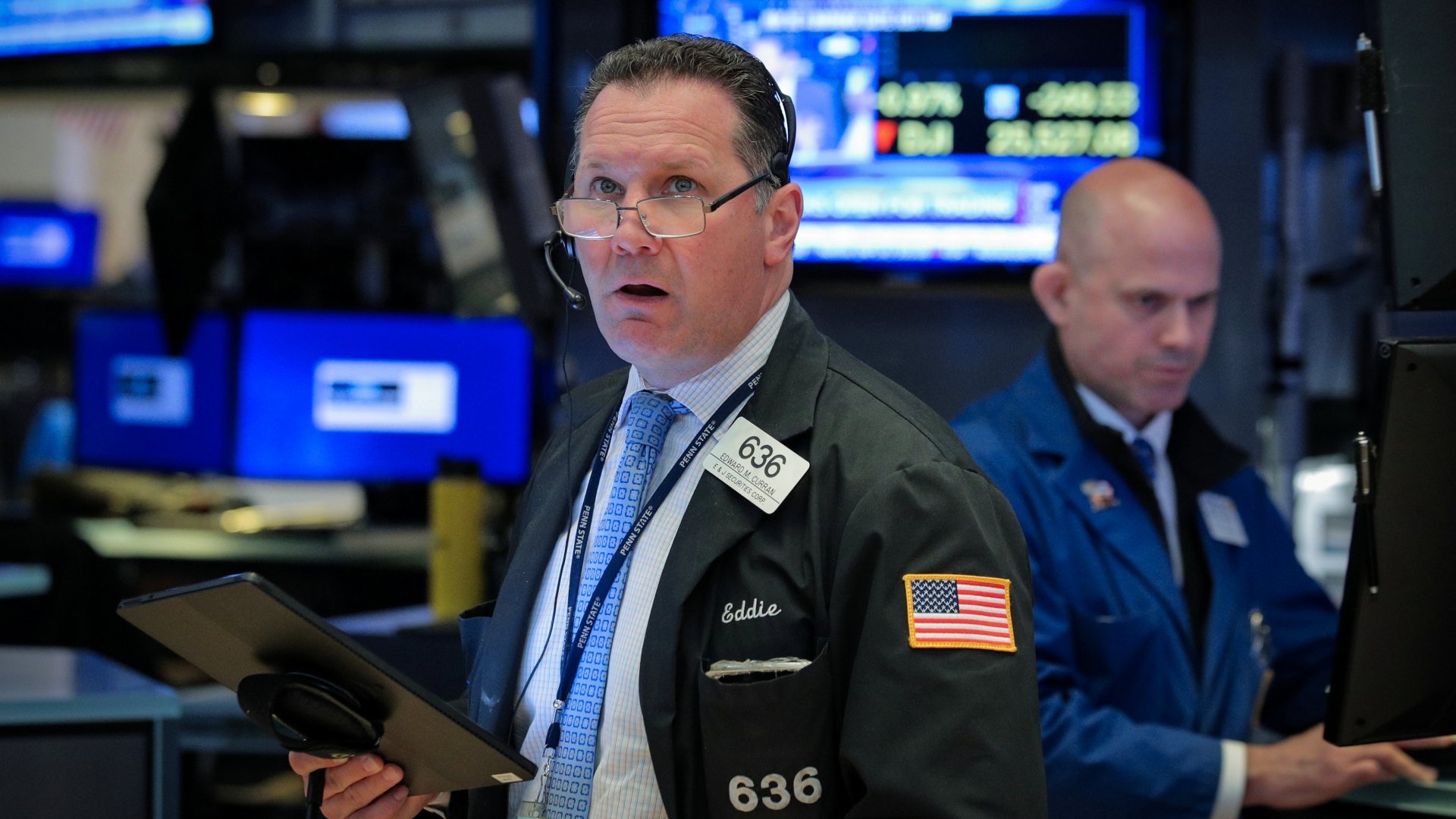The tension in international trade relations continues and there are no signs of a quick resolution. Investors are worried that global economic growth will slow down. Market risk aversion is becoming more and more intense, capital flows into the bond market, multi-country bond yields are low, and US 10-year debt is seen at 2.2%. US stocks continued to fall on Wednesday (29th), and the Dow once fell more than 400 and fell below the 25,000 mark.
At 11:55 on May 29, Hong Kong time, the Dow fell 405.15 points, or 1.6%, to 24,942.62 points; the S&P 500 index fell 33.59 points, or 1.2%, to 2768.80 points; the Nasdaq fell 99.05 points, or 1.30%, Reported 7508.30 points.
Global economic and trade tensions continue, and there seems to be little sign of a speedy resolution. The global economic outlook is becoming more and more worrying, and the political situation in Europe is unclear (suspicions of European factions in the European Parliament elections, early elections in Greece, and the departure of the Austrian Prime Minister in the absence of a motion of confidence), all of which have hit market confidence. Investors are more concerned about the warning signs presented by the fixed income market.
The funds flowed to the US debt to hedge, and the US 10-year bond price rose on Wednesday, and the yield rate continued to fall. The 10-year US Treasury yield on Tuesday night fell to a new 19-month low of 2.273 percent.
The collapse of US debts is worrying about the risk of economic recession. The spread of the 10-year US bond yield on Wednesday morning and the 3-month US bond yield has widened to -13 basis points, the lowest level since 2007. The yield on the US 10-year bond fell to about 2.22% on Wednesday, the lowest since September 2017. The 3-month US bond yield rate was 2.353%, which was significantly higher than the 10-year US bond yield.
Treasury bond suffocation refers to the situation in which the three-month US debt yield is higher than the 10-year US debt suffocation. Usually, the government bond yield rate is considered as an important indicator of economic recession.












